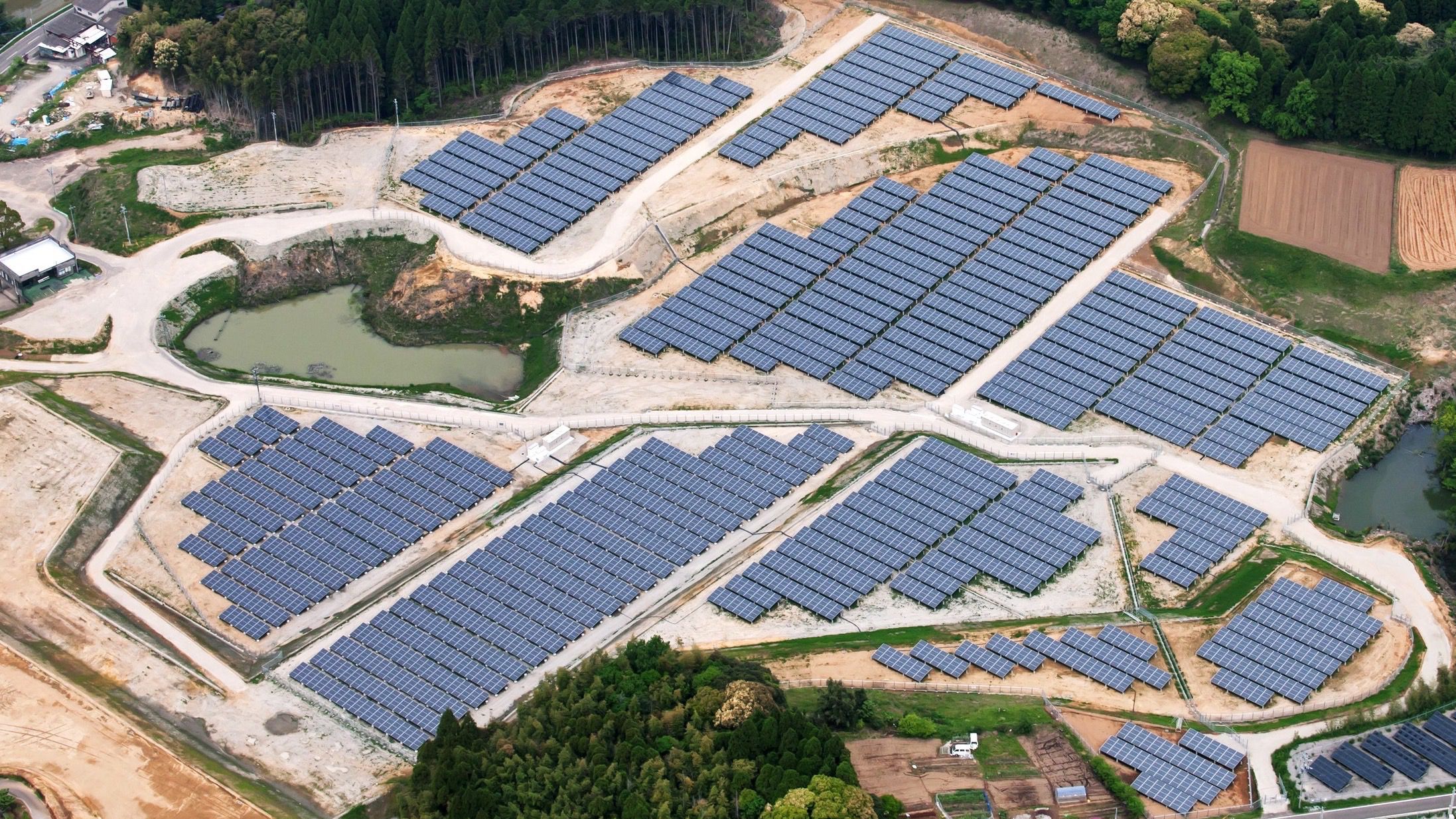Jul 24, 2015
What would happen if a massive comet crashed into the sun?
Posted by Sean Brazell in category: futurism
Most comets that brush past the sun end with a whimper, but if a big one plunges into the sun it could go out with a bang.
Most comets that brush past the sun end with a whimper, but if a big one plunges into the sun it could go out with a bang.
The traditional framing of the issue is a choice between accepting the power of markets and ‘playing their game’ to win environmental concessions vs. the purist perspective of saying No to any hint of money or markets in environmental policy.
In this article we will describe the positions of two relatively new fields of study—Ecological Economics and Political Ecology—in an effort to redefine the terms of the choice and chart a path for a pragmatic approach.

“[Kyocera] announced an even larger project that will begin construction next year in the Kagoshima prefecture on land that had been designated for a golf course more than 30 years ago but subsequently abandoned. The 92-megawatt plant will include more than 340,000 solar modules and is expected to generate nearly 100,000 megawatt hours per year, or enough to power about 30,500 households when it goes operational in 2018.” Read more

Kite Bricks is developing a revolutionary product that will change the way we build houses, buildings, bridges and sidewalks. From now on structures will be real thermal, much stronger and very cheap & fast to build.
SSDs and other flash memory devices will soon get cheaper and larger thanks to big announcements from Toshiba and Intel. Both companies revealed new “3D NAND” memory chips that are stacked in layers to pack in more data, unlike single-plane chips currently used. Toshiba said that it’s created the world’s first 48-layer NAND, yielding a 16GB chip with boosted speeds and reliability. The Japanese company invented flash memory in the first place and has the smallest NAND cells in the world at 15nm. Toshiba is now giving manufacturers engineering samples, but products using the new chips won’t arrive for another year or so.
Hosted by the IEEE Geoscience and Remote Sensing Society, the International Geoscience and Remote Sensing Symposium 2015 (IGARSS 2015) will be held from Sunday July 26th through Friday July 31th, 2015 at the Convention Center in Milan, Italy. This is the same town of the EXPO 2015 exhibition, whose topic is “Feeding the planet: energy for life”.
A good summary of the crisis in research and the broken paradigm the medical world is currently stuck in from Josh Mitteldorf’s excellent blog.
Capital shuns risk. — The essence of science is exploration of the unknown. Science and Capitalism is not exactly a match made in heaven. Government and foundation funding has always been behind the curve of innovation, but the recent contraction in US science funding has engendered an unprecedented intensity of competition. This has translated into a disastrous attitude of risk aversion. A “hard-headed” business model prevails at the funding agencies, and they are now funding only those projects that they deem “most likely to succeed.”
After 85 years of searching, researchers have confirmed the existence of a massless particle called the Weyl fermion for the first time ever. With the unique ability to behave as both matter and anti-matter inside a crystal, this strange particle can create electrons that have no mass.
Nasa has announced the discovery of Kepler 452B by their Kepler space telescope — a planet very similar to Earth in the Milky Way. Here are the latest updates:
By Irene Klotz CAPE CANAVERAL, Fla. (Reuters) — A planet believed to be remarkably similar to Earth has been discovered orbiting a distant sun-like star, bolstering hopes of finding life elsewhere in the universe, U.S. scientists said on Thursday. The planet, which is about 60 percent bigger than Earth, is located 1,400 light years away in the constellation Cygnus. It was discovered by astronomers using NASA’s Kepler space telescope and circles a star that is similar in size and temperature to the sun, but older.
